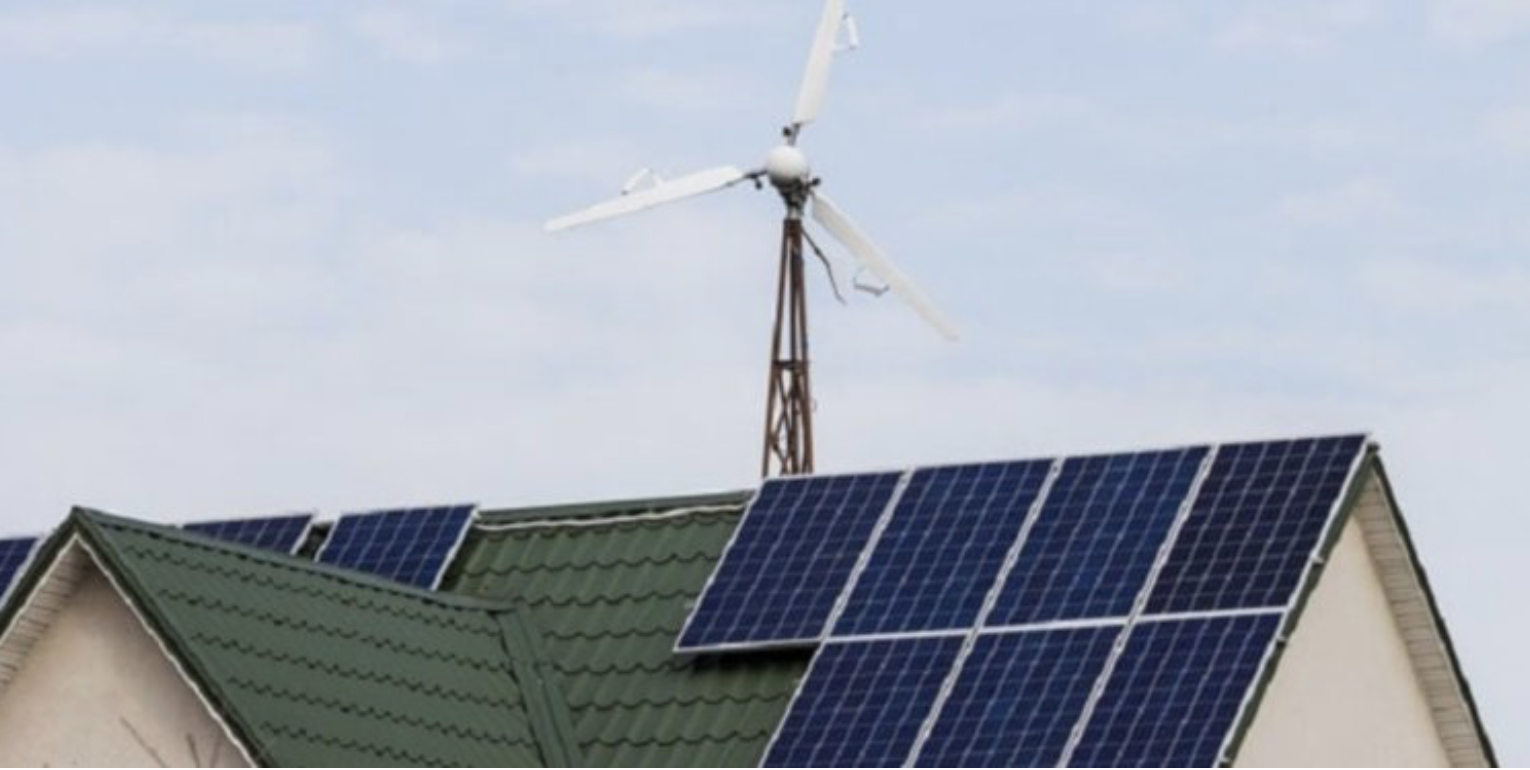A Do-It-Yourself Demonstration Project Of Wind, Solar And Batteries Comes Nowhere Near Eliminating Fossil Fuels
/Under the enlightened leadership of our expert bureaucrats in Washington and various state governments, we are embarked on a program to replace our functioning electricity generation system with an alternative system based on wind, solar, and energy storage. We are told that this will be easy, and in fact cheaper than what we currently have. Surely, if that is true for an entire country, it must be equally true for some small place like an island or a small town. Easiest of all for the demonstration would be an individual house, particularly if the house is surrounded by sufficient land to accommodate all the required elements of the system.
I have previously reported here that there is no such thing anywhere in the world as a demonstration project that has achieved anything close to 100% electricity generation from wind and solar sources without fossil fuel backup. The most significant attempt at such a demonstration project — El Hierro Island off the coast of Spain, which opened in 2014 — has barely achieved 50% of electricity generation from its wind/storage system in some years, while falling far short of even that level in other years. Today their website has quietly dropped or downplayed any mention of claims to be trying to achieve 100% renewable electricity generation. In the most recent year for which they provide data (2020), their backup diesel generator ran approximately 85% of the time.
On October 26, the Daily Sceptic website featured a piece by an anonymous Australian author who has set up his own do-it-yourself wind/solar/storage system to supply electricity to two houses on a plot of land in a rural area of Victoria. The headline is “Living Off-Grid Has Shown Me That Modern Society Cannot Function on Renewable Energy.” JoNova also has a write-up covering the piece on October 28.
It appears that the guy in question — who goes by the name Pseudonaja Textilis — has invested some $160,000 in his own wind turbines, solar panels and batteries in his project to go “off grid.” (The piece does not say if the $160,000 represents US dollars or Australian dollars. If it’s Australian dollars, that would be the equivalent of about $102,000 in US dollars.). He has both wind turbines and solar panels for each of the two houses, plus batteries. Here is a picture of one of the two houses, with the solar panels on the roof and the wind turbine behind:
The Daily Sceptic piece unfortunately lacks some basic data that would be useful, including the average and peak electricity usage of the houses, the capacity and annual production of the wind and solar generators, and the capacity (in kWh) of the batteries. But the piece does make clear that the capacity of the wind/solar generators is more than sufficient to supply usage when the wind blows and the sun shines. Unfortunately, that is not the case much of the time:
So how do [the wind/solar/storage systems] perform? In summer perfectly. We don’t have to do much other than check in with the laptop once a week to monitor the system, and we often take the wind generators offline for extended periods. In winter, . . . solar energy input per square metre drops to about 30% of peak summer level and then for only a few hours a day. . . . To some extent power usage can be matched to storage levels and fluctuating input from the wind generator. However, the total renewable input is just too patchy and unreliable so petrol or diesel powered generator backup is absolutely required. It’s not just in winter, but in autumn especially and sometimes in springtime too. When cloudy skies and windless days persist we need to make recourse to our petrol generators, sometimes everyday for a week at a time to keep the batteries charged and provide peak load supply.
“Textilis” reports that his diesel generators only run about 60 to 100 hours per year, which is only about 1% of the time. That sounds pretty good. But then, they need to be capable of supplying 100% of full electricity demand when called upon, even for such brief periods. Oh, and “Textilis” doesn’t use electricity for either heat or hot water. For those things he uses wood, grown on his own property — and which he cuts and hauls by labor-intensive means using a gasoline-powered chainsaw.
Conclusion:
It matters nought that you have massive renewable generation capacity if you can’t store power for extended periods. So you can have all the wind and solar farms you want, but without fossil fuel or nuclear back up you’ll need to buy a good supply of warm blankets and candles if you don’t want to be spending a lot of time shivering in the dark.
We’ll see if the likes of President Biden or New York Governor Kathy Hochul catch on any time soon.
